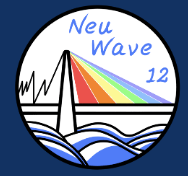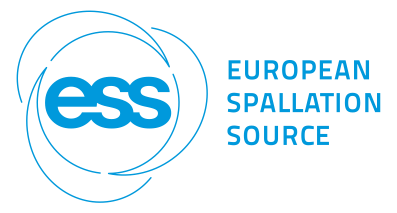Speaker
Description
The neutron imaging group at FRM II, Garching operates the two neutron imaging facilities ANTARES and NECTAR. ANTARES provides a cold neutron spectrum, which gives high sensitivity for even small changes of composition in a sample and is used for neutron imaging with high spatial resolution as well as advanced techniques such as imaging with polarized neutrons or neutron grating interferometry (nGI). The instrument NECTAR is a unique facility that provides a fast fission neutron spectrum that allows the investigation of even very bulky samples and shows contrast complementary to X-rays or gammas. Additionally, thermal neutrons and gamma radiography are also available at NECTAR in a multi-modal approach.
While FRM II has not been running due to repair works for an extended period of time, we have performed many upgrades to our instruments and have performed many experiments at other facilities to support ongoing internal and user projects such as the development of event-mode neutron imaging detectors, studying the defect evolution in additively manufactured samples, investigating the process of freeze drying with neutron imaging or using neutron grating interferometry to track the magnetic domain behavior in electric steel under tensile stress. Moreover, we have proposed to install the additional and complementary neutron imaging instrument FLASH-NT on a cold neutron guide end position at FRM II in the framework of an upgrade program.
In our contribution, we will give an overview of recent achievements and activities of the neutron imaging group at FRM II and show the new experimental possibilities users will have at our instruments.
| Abstract Topic | Design, construction, and operation of existing and upcoming instrumentation |
|---|

